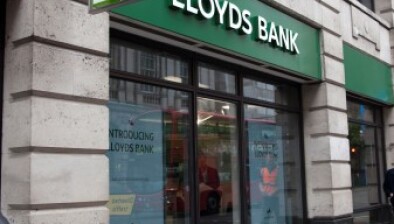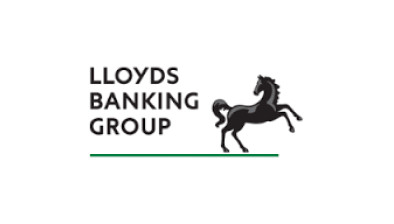Lloyds: ‘Fake website’ scam has cost victims £6.6m

Bank of Scotland-owner Lloyds Bank has warned of a rising scam which has costing victims an estimated £6.6 million so far, where rogue retailers are using fake websites to trick people into purchasing items that are never dispatched.
Tens of thousands of credit and debit card customers have sadly fallen victim, losing £55 on average. The scam is on the rise, driving a 211% increase in card payment disputes over the last 12 months.
The rogue retailers use social media to advertise fake websites that imitate popular brands. For example, a company called SM Wallet created fake websites that mimicked brands such as House of Fraser, Office, Superdrug and more. The retailer then used social media to promote significant discounts, luring people into making purchases.
Those who purchase items from the fake websites are usually not sent the items they ordered, or they are sent something different which is worth less than what they ordered. For example, one Lloyds Bank customer ordered Dior perfume, but received a ring for a child.
Lloyds Bank said that some of the most common culprits of these scams include: SM Wallet, Fines Jewellery, Honest Concept Trading Hong Kong HKG, Ziniaofotec and Jimacy.
Many victims could be missing out on getting their money back, with data from Lloyds Bank showing that less than 30% of those who purchased goods from known scam websites contacted their bank to dispute the charges. To help victims, Lloyds Bank has shared guidance on what consumers can do if they’re affected. If the retailer refuses to offer a refund, customers can dispute the transaction online or through their mobile banking app, and their bank may be able to help by raising a chargeback or Section 75 claim to potentially recover the money.
Lloyds Bank has also established an industry working group, working with Chargebacks911 and other payment platforms, to report known fake websites when they arise and block transactions. The working group is also calling for payment platforms, also known as acquirers, to introduce tighter controls to make it more difficult for these rogue retailers to set up and take payments. However, the scam appears to be on the rise, so consumers should remain vigilant.
Gavin Evans, senior manager for consumer cards at Lloyds Bank, said: “It’s sad to see another scam on the rise, tricking people into parting with their hard-earned cash.
“When we spot a bargain online, it can be tempting to snap it up, but it’s important to remain vigilant and know that rogue retailers use social media to promote significant discounts on goods they have no intention of delivering. Remember the old adage - if something appears too good to be true, it usually is.
“It’s also crucial to check the web address if you’re planning on making an online purchase, making sure it’s familiar and matches the brand you are trying to buy from – particularly if you opened the website by clicking on an advert or social media post. If you don’t recognise the web address, apply extra caution by checking online reviews of the website and consider buying from somewhere you trust instead.”
Mr Evans’ money back advice for those who have fallen victim to the ‘rogue website’ scam:
- Contact the retailer – first, try contacting the retailer directly to explain what has happened and request a refund.
- Contact your bank – if the retailer doesn’t respond or refuses to refund you, report the transaction to your bank. Most banks, including Lloyds Bank, allow you to report transactions online in your mobile banking app. Your bank will then do the rest, usually raising a chargeback claim to potentially recover your money. For example, you can do this in the Lloyds Bank app by tapping the transaction you wish to dispute, selecting ‘help with this transaction’ and following the steps on screen to raise a dispute.
- Raising a chargeback claim – if you used a Visa, Mastercard or American Express credit or debit card to make the purchase, you may be able ask your bank to file a chargeback claim. To do this, you’ll need to provide your bank with the details of the transaction you’re disputing (including the retailer’s name, date of the transaction and the amount), and a description of what went wrong with the item you ordered.
- Raising a Section 75 claim – if a chargeback doesn’t work, and you made the purchase using your credit card, you may be able to make a Section 75 claim. Your bank will be able to guide you through what you need to do to make a Section 75 claim. Note there are some circumstances where Section 75 doesn’t apply – for example, the item must have cost over £100 and up to £30,000 to be eligible.







